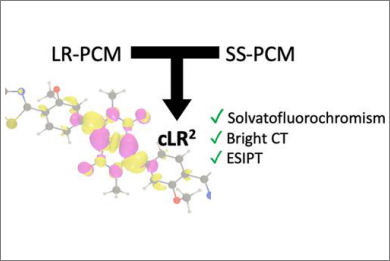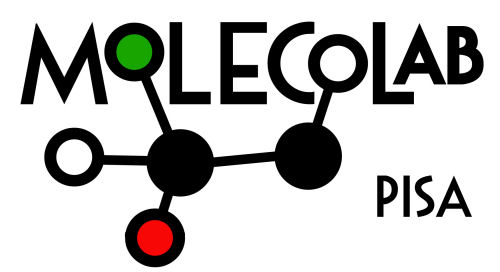
We present an effective computational protocol (cLR2) to describe both solvatochromism and fluorosolvatochromism. This protocol, which couples the polarizable continuum model to time-dependent density functional theory, simultaneously accounts for both linear-response and state-specific solvation effects. A series of test cases, including solvatochromic and fluorosolvatochromic compounds and excited-state intramolecular proton transfers, are used to highlight that cLR2 is especially beneficial for modeling bright excitations possessing a significant charge-transfer character, as well as cases in which an accurate balance between states of various polarities should be restored.
Guido, C. A.; Chrayteh, A.; Scalmani, G.; Mennucci, B. & Jacquemin, D.
J. Chem. Theory Comput. 17,5155-5164 (2021) https://doi.org/10.1021/acs.jctc.1c00490

